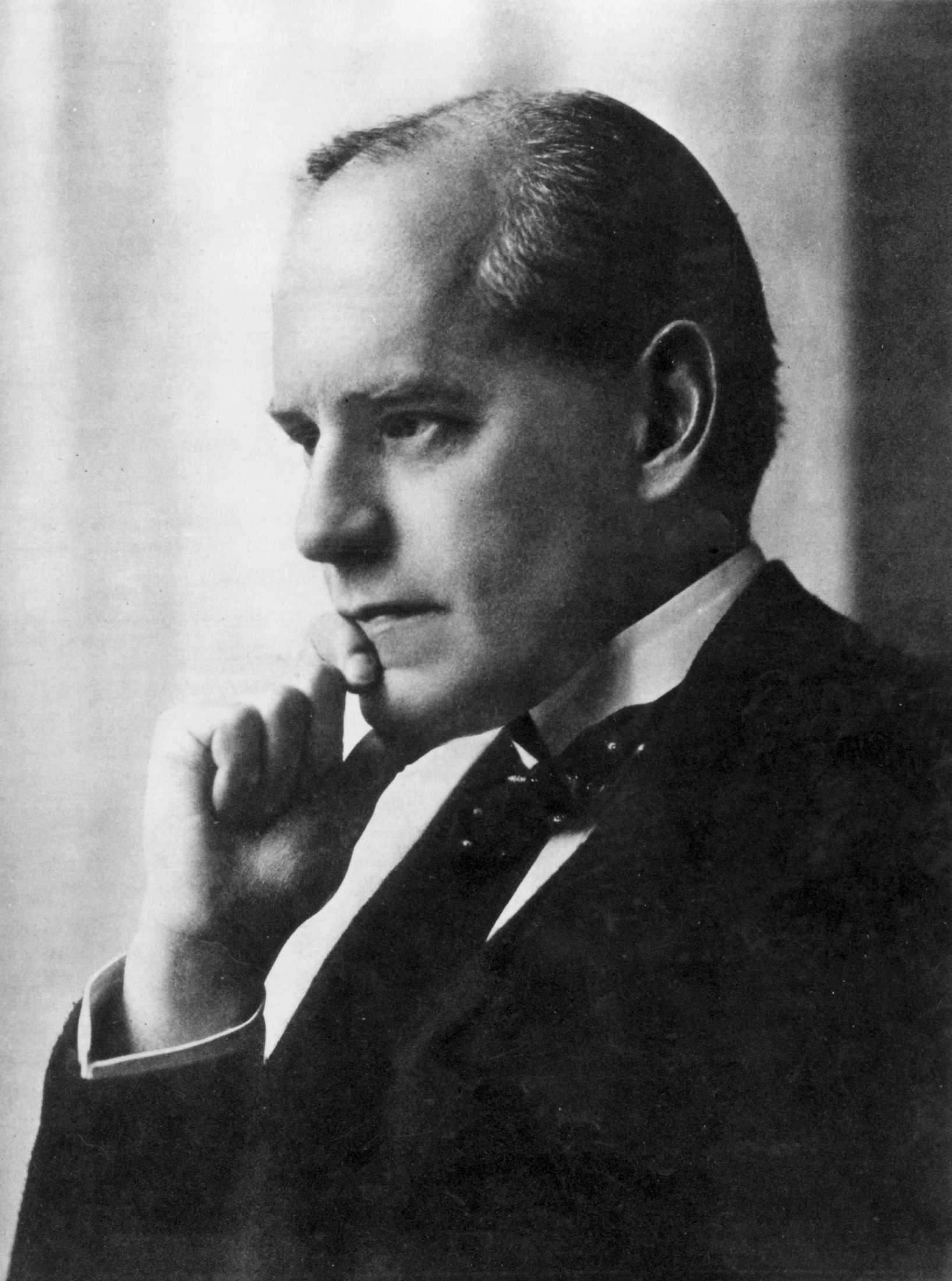We continue with the next instalment in the series on Nobel laureate authors, some of whom may not stand the test of time.
In terms of sheer volume, it is hard to beat Galsworthy, whose 1932 citation records his ‘distinguished art of narration which takes its highest form in The Forsyte Saga‘. It is perhaps unfashionable these days, when most concerns are on immediacy and succinctness of communication, to consider that his extensive domestic saga of the Forstye family, extending over three generations, could be remotely gripping. How wrong you would be! Time and again he skewers with agonising skill the pretentious, the affluent, the vacuous and the vain. Here he is in Chapter 5 of The Man of Property, observing for us, with effortless accuracy, the difference between the vital and natural Irene, and her almost reptilian husband, Soames:
‘Skin-like immaculateness had grown over Soames, as over many Londoners; impossible to conceive of him with a hair out of place, a tie deviating one-eighth of an inch from the perpendicular, a collar unglossed! He would not have gone without a bath for worlds – it was the fashion to take baths; and how bitter was his scorn of people who omitted them!
‘But Irene could be imagined, like some nymph, bathing in wayside streams, for the joy of the freshness and of seeing her own fair body.‘
His description of their house also illuminates the obsession of wishing to be fashionable without really trying, of the desperation to be just right without assuming the vulgarity of the ignorant or the gaucheness of the wealthy. As a portrayal of middle class aspirants it is brutally accurate: ‘Like the enlightened thousands of his class and generation in this great city of London, who no longer believe in red velvet chairs, and know that groups of modern Italian marble are vieux jeu, Soames Forsyte inhabited a house which did what it could. It owned a copper door knocker of individual design, windows which had been altered to open outwards, hanging flower boxes filled with fuchsias, and at the back (a great feature) a little court tiled with jade-green tiles and surrounded by pink hydrangeas in peacock-blue tubs. Here, under a parchment-coloured Japanese sunshade covering the whole end, inhabitants or visitors could be screened from the eyes of the curious while they drank tea and examined at their leisure the latest of Soames’s little silver boxes.‘
The tiny detail here of the collection of boxes serves to alert the reader that Irene too is little more than such a possession, a trophy. It is both funny, poignant and wonderfully apt for anyone looking at the current obsession with property that seems to dominate every tabloid headline and dinner party gossip. The wonderful phrase that the house ‘owned a copper door knocker’, that precision of the verb, is the sort of brilliance one might find in Eliot or Larkin. I would hazard a guess that this sort of fatuous blurb still pops up in many an account of the luxury property market. Just imagine, your own exclusive private courtyard complete with ‘jade-green tiles’! Although Galsworthy is very much of the 1920s, his crisp narrative and laser-like eye for detail grip with a very modern urgency. And if 10 year-olds can plough through brick-sized volumes of Harry Potter, it is not impossible to imagine Galsworthy finding a new audience as the years unfold.







